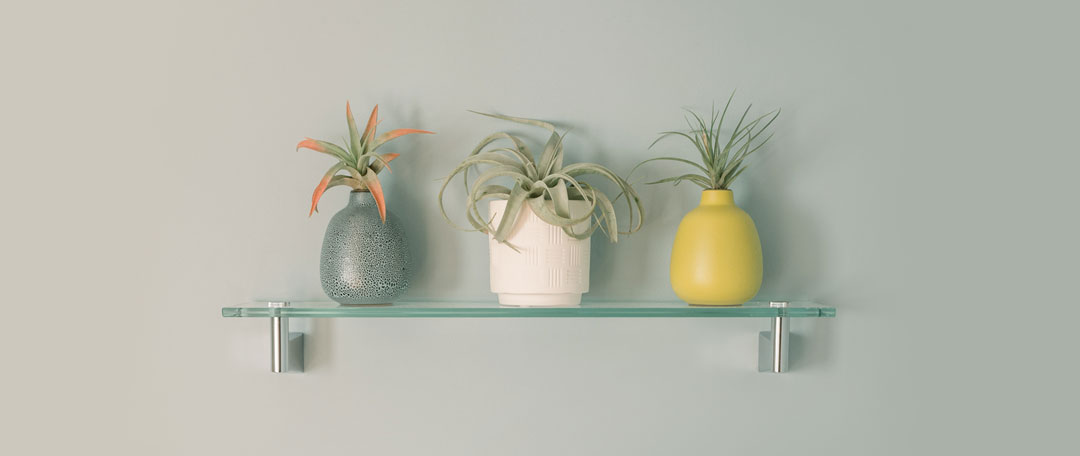A professional Interior Painting Service transforms walls, ceilings, and trim into a fresh, beautiful canvas that sets the tone for an entire room. Whether you’re a homeowner refreshing a single space or a property manager overseeing multiple units, knowing what to expect can make the process smoother and ensure you get the finish you’re hoping for. At Fitch Painting, the goal is not only to deliver a visually striking result but also to create a process that feels organized, efficient, and respectful of your space.
Below is a complete walk-through of the stages you can anticipate—from initial preparation to the last stroke of the brush.
Initial Walkthrough and Planning
Before any paint is opened, a professional crew conducts a detailed walkthrough. This is where expectations are aligned, and the painting plan is finalized.
During this stage, you can expect:
- Surface Inspection: Every wall, ceiling, and trim area is checked for cracks, dents, or damage.
- Color Consultation: A discussion about shades, finishes, and how they’ll interact with light in your space.
- Material Selection: Deciding between matte, eggshell, satin, or gloss finishes, depending on the function and feel of the room.
- Scheduling: Choosing the best days and times to complete the project with minimal disruption.
A professional team uses this stage to prepare for a seamless workflow, so there are no surprises once work begins.
Detailed Preparation Work
Preparation is the backbone of a successful interior paint job. It’s not glamorous, but it’s the step that ensures a clean, even, and durable finish.
Here’s what typically happens during prep:
- Furniture Protection: Larger items are moved to the center of the room and covered with drop cloths or plastic.
- Floor Covering: Canvas or plastic sheets protect hardwood, carpet, or tile from drips and dust.
- Wall Repairs: Holes are patched, cracks filled, and rough areas sanded for a smooth surface.
- Cleaning Surfaces: Dust and grease are removed so paint adheres evenly.
- Masking and Taping: Baseboards, trim, and window frames are carefully taped to keep edges sharp and clean.
Skipping thorough preparation often leads to uneven results or premature paint failure—something a reputable painting company will never allow.
Priming the Surfaces
Priming is more than just an extra coat—it’s the secret to long-lasting color and consistent coverage. Professionals use primer to:
- Seal repaired spots so they don’t absorb paint differently.
- Provide a uniform base color, especially when covering dark or bold shades.
- Enhance paint adhesion, reducing the likelihood of peeling or chipping.
Depending on the project, specialized primers may be used for stain blocking, moisture resistance, or high-traffic durability.
The Painting Process
This is the most visible and satisfying part of the service, but it’s still carried out with precision and method. Professionals follow a sequence to ensure efficiency and quality:
- Cutting In: Using brushes to paint edges and corners where rollers can’t reach.
- Rolling: Applying paint to broad wall sections for a smooth, consistent finish.
- Multiple Coats: Apply at least two coats for depth of color and durability.
- Detail Work: Touching up tricky spots like trim, moldings, or around fixtures.
During this phase, you’ll notice steady progress, but the pace remains deliberate—each coat needs adequate drying time to prevent imperfections.
Drying and Curing
Paint doesn’t just need to dry; it needs to cure. Drying means the surface is safe to touch, while curing is the process that makes paint fully hardened and resistant to wear.
- Drying Time: Usually a few hours between coats.
- Curing Time: Can range from a few days to a couple of weeks, depending on paint type and environmental factors.
- Ventilation: Professionals ensure adequate airflow to speed drying and minimize odors.
Final Inspection and Cleanup
A true professional leaves the space as clean—or cleaner—than it was before work began. The final stage includes:
- Removing all protective coverings.
- Repositioning furniture.
- Cleaning any stray paint marks.
- Performing a detailed inspection with you to address touch-ups on the spot.
This is also when you can check the finish in different lighting conditions to ensure the results match your expectations.
Tips to Prepare for a Smooth Painting Experience
To help your interior painting service go without a hitch, consider doing these ahead of time:
- Clear smaller, fragile items from the space.
- Decide on colors well in advance.
- Communicate any special requests before the start date.
- Make arrangements for pets or children to avoid interruptions.
Why Choosing a Professional Matters?
While DIY painting might seem tempting, professional services bring craftsmanship and efficiency that are hard to match. You get:
- Even, consistent coverage without streaks or roller marks.
- Durable results that resist peeling and fading.
- Proper surface preparation for long-lasting adhesion.
- Access to premium materials is not always available in retail stores.
Why Choose Fitch Painting?
Fitch Painting approaches every project with precision, respect for your home, and a commitment to results that speak for themselves. From careful preparation to flawless application, every step is designed to protect your space and highlight its best features. The team takes pride in clear communication, reliable scheduling, and a finish that not only looks outstanding but lasts for years.
When you choose Fitch Painting, you’re choosing more than fresh color—you’re choosing a smooth, worry-free experience from start to finish.

